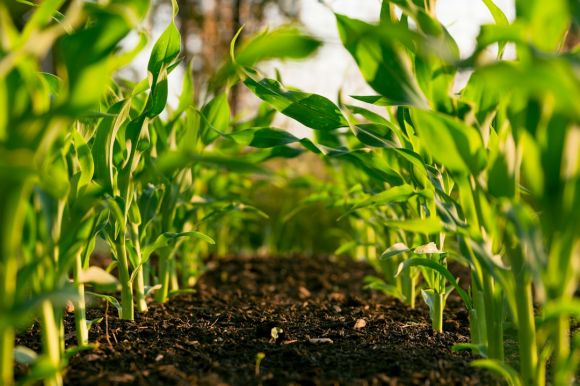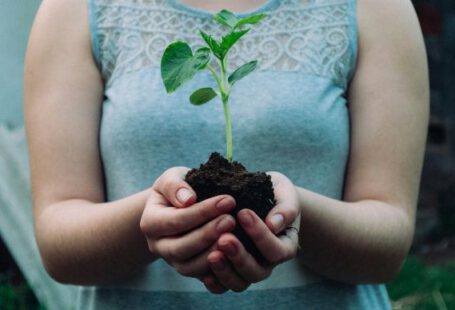Flower beds are a beautiful addition to any garden or landscape, adding color and fragrance to your outdoor space. To create and maintain healthy and vibrant flower beds, it is essential to have the ideal soil. In this article, we will explore the characteristics of the perfect soil for flower beds and how to achieve it.
Understanding the Basics of Soil
Before discussing the ideal soil for flower beds, it is important to understand the basics of soil composition. Soil is made up of three main components: sand, silt, and clay. The ideal soil for flower beds is a combination of these components in the right proportions.
1. Loamy Soil: The Perfect Balance
Loamy soil is considered the ideal soil for flower beds due to its perfect balance of sand, silt, and clay. It has a crumbly texture, allowing for good drainage and aeration while retaining enough moisture for plants to thrive. This type of soil is rich in organic matter, providing essential nutrients for plant growth.
2. Well-Drained Soil: Preventing Waterlogging
One of the key characteristics of the ideal soil for flower beds is good drainage. Poorly drained soil can lead to waterlogging, which can suffocate plant roots and lead to root rot. To ensure proper drainage, it is important to amend the soil with organic matter such as compost or well-rotted manure. This will improve the soil structure and prevent water from pooling around plant roots.
3. pH Level: Finding the Right Balance
The pH level of the soil plays a crucial role in plant health. Most flowering plants prefer slightly acidic to neutral soil, with a pH range of 6.0 to 7.0. To determine the pH level of your soil, you can use a soil pH testing kit available at garden centers. If the pH level is too high or too low, you can adjust it by adding soil amendments. Lime is commonly used to raise the pH level, while sulfur is used to lower it.
4. Organic Matter: Nourishing the Soil
Adding organic matter to the soil is essential for maintaining the ideal conditions for flower beds. Organic matter improves soil structure, enhances nutrient retention, and promotes beneficial microbial activity. Compost, leaf mold, and well-rotted manure are excellent sources of organic matter. Incorporate them into the soil before planting to provide a rich and fertile environment for your flowers.
5. Mulching: Protecting the Soil
Mulching is a beneficial practice for flower beds as it helps to retain moisture, suppress weeds, and regulate soil temperature. Organic mulches such as wood chips, straw, or shredded leaves are ideal for flower beds. Apply a layer of mulch around your plants, ensuring it does not touch the stems, to prevent moisture loss and weed growth.
Achieving the Ideal Soil for Flower Beds
To achieve the ideal soil for flower beds, start by preparing the soil before planting. Remove any weeds, rocks, or debris and loosen the soil to ensure proper root penetration. Amend the soil with organic matter, such as compost or well-rotted manure, to improve its structure and nutrient content. Test the pH level of the soil and make any necessary adjustments using lime or sulfur. Finally, apply a layer of organic mulch to protect the soil and conserve moisture.
In conclusion, the ideal soil for flower beds is loamy soil that is well-drained, slightly acidic to neutral in pH, and rich in organic matter. By understanding the basics of soil composition and following the steps outlined above, you can create an optimal environment for your flowers to thrive. So get your hands dirty, prepare the perfect soil, and watch your flower beds flourish with vibrant colors and fragrant blooms.





